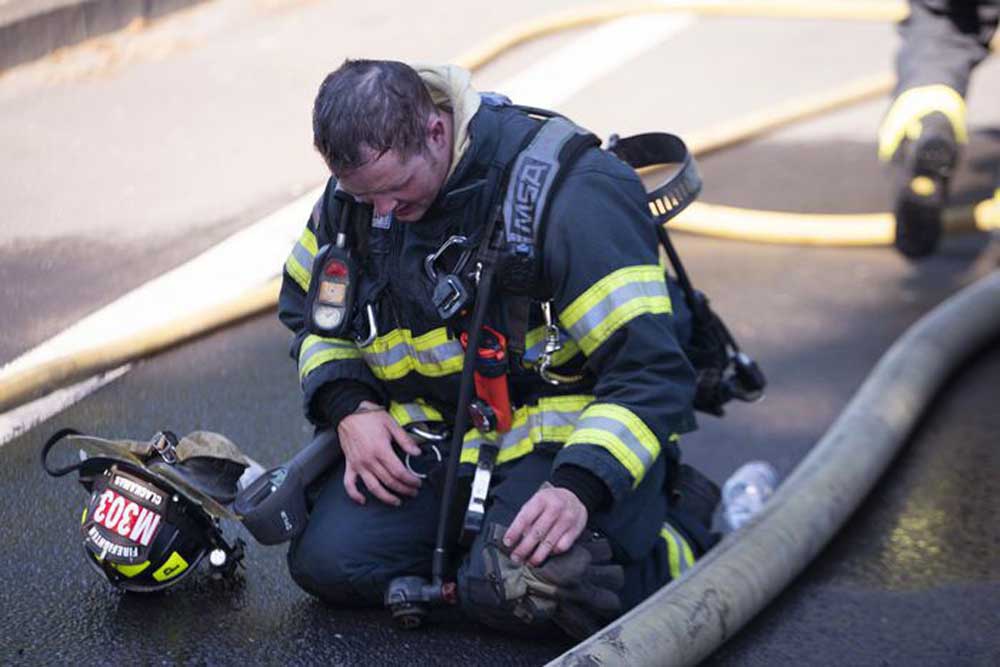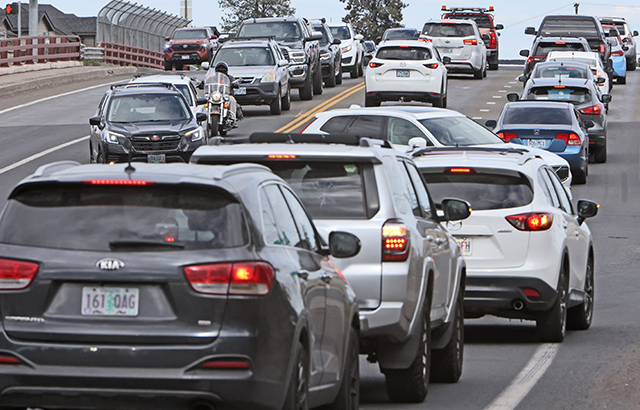Majority of Oregon heat deaths involved older people
Published 1:32 pm Monday, August 9, 2021

- Firefighters struggle to stay cool as they respond to a residential fire in Milwaukie on June 28 during the Northwest’s historic heat wave.
The majority of people who died from heat-related illnesses during Oregon’s unprecedented heat wave at the end of June were 65 or older, illustrating just how vulnerable the state’s elderly population was during the heat wave.
The Oregonian used online sources and public records to determine the ages of the majority of people who died as a result of the heat wave after the state released new information Friday about 96 heat-related deaths. More than a dozen other deaths remain under investigation as possibly heat-related.
Trending
At least 61% of the people who died were 65 or older. At least 40% were 70 or older.
Those percentages could be even higher, as the ages of 13 victims remain unknown.
Records released by the state Friday show that those living in mobile homes were also particularly vulnerable to the heat wave. One in five of the heat-related deaths were among people who lived in mobile home parks, an analysis by The Oregonian found. The majority of the victims did not have access to air conditioning.
At least six individuals who were homeless died from heat-related causes during the heat wave.
At least 12 people who died were in their late 40s or 50s. A 36-year-old Portland resident and registered nurse was the only person under 40 who died during the heat wave, according to information reported by the state. Her mother declined to discuss her daughter’s death.
Temperatures reached 108, 112 and 116 degrees in Portland over three consecutive days at the end of June, shattering the city’s previous record high temperature of 107.
Trending
The Oregon Office of Emergency Management released a report July 27, outlining shortcomings in the state’s response to the heat wave and its plans to fix those problems.
State authorities during the heat wave directed Oregon residents to call non-emergency line 211 to arrange transport to cooling centers, but statewide problems with the information hotline made it difficult for people to access that help. The nonprofit wasn’t adequately staffed or prepared to help callers until the afternoon of June 27, the day Portland reached 112 degrees, according to the state. After the line was staffed, callers seeking information about cooling centers saw long wait times and a confusing list of prompts that didn’t provide clear information on accessing cooling centers.
The Oregon Department of Human Services is now staffing the line 24/7 in partnership with 211info and will continue doing so for the rest of the fire season and during future extreme conditions, according to the report.








